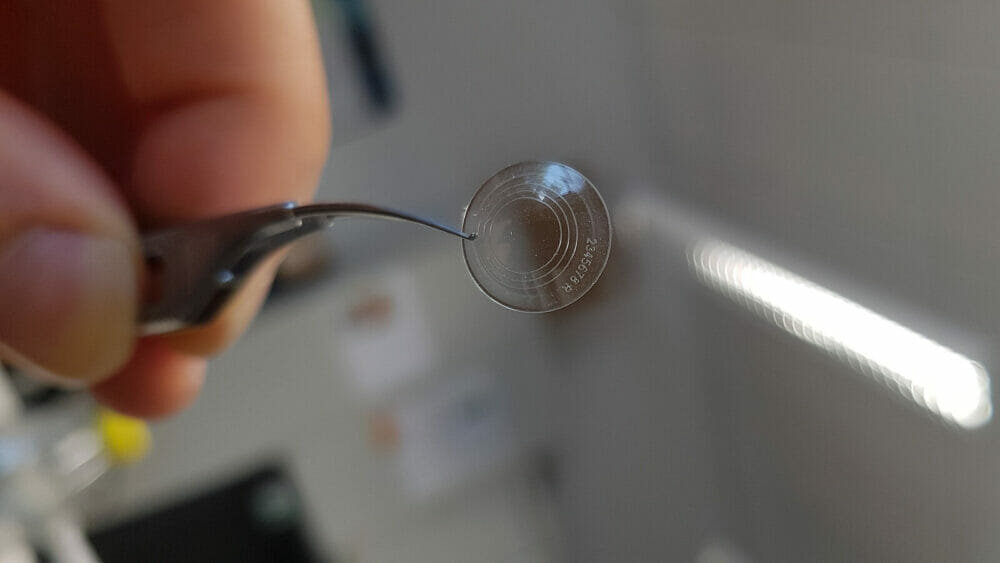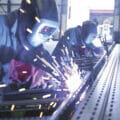Contact lenses are a part of everyday life for many millions of individuals around the world. So commonplace is their availability and use, that many consumers may not be aware that contact lenses are actually regarded as medical devices and as such subject to stringent manufacturing and product traceability regulations.
Under the latest UDI and MDR regulatory requirements, and depending upon risk classes, there is a legal requirement for products and packaging to incorporate a UDI code in both plain text and a machine-readable form. Implantable devices, and those which will be re-used and re-processed or sterilized over an extended period, such as instruments, also require direct part marking, separate from the original packaging, to allow traceability throughout the lifetime of the item. Furthermore, these new MDR regulations also apply to non-medical devices that are deemed to have a risk category similar to that of a medical device, such as cosmetic implants and contact lenses.
Contact lenses, by their very nature, are delicate items and require careful handling through the various manufacturing processes. When it comes to marking contact lenses the laser is the only real solution capable of producing the required marking without damaging the lens. In addition to the marking information required to comply with the regulatory standards, for the consumer, laser marks help to avoid confusion regarding which is the left or right lens and also whether the lenses may be inverted. The wearer’s vision is not affected by the marks, as they are precisely located around the edge area of the lens.
Bromsgrove based TLM Laser has developed and supplied a number of laser marking solutions to some of the leading contact lens manufacturers. The company’s Andy Toms explains the benefits: “Our solution is based upon the C series CO2 marking lasers from our partner FOBA. The ability to laser mark contact lenses with low energy levels is beneficial from a hygienic perspective as it is important to ensure a minimal impact on the substrate to prevent the adhesion of any additional microbes.

The laser delivers a contamination-free, non-distorting, indelible marking solution which addresses all of the regulatory and consumer requirements at a speed of just 18 milliseconds – faster than the blink of an eye.”
As one of the most flexible production tools available today, laser users can select from different wavelengths, scan head apertures, power, and IP ratings to configure the system to suit their particular needs. This flexibility extends to a range of production methods, and laser marking can be performed either on static parts or “on the fly” at impressive line speeds of up to 900 metres per minute. With a choice of 10 Watt or 30 Watt lasers, these air-cooled solutions virtually eliminate maintenance intervals, and the high-resolution marking heads provide high quality, permanent and consistently sharp content that assure product traceability and tamper-proofing.
The technologies described here are just a small part of the comprehensive range of laser technologies and solutions available from Bromsgrove based TLM Laser.








